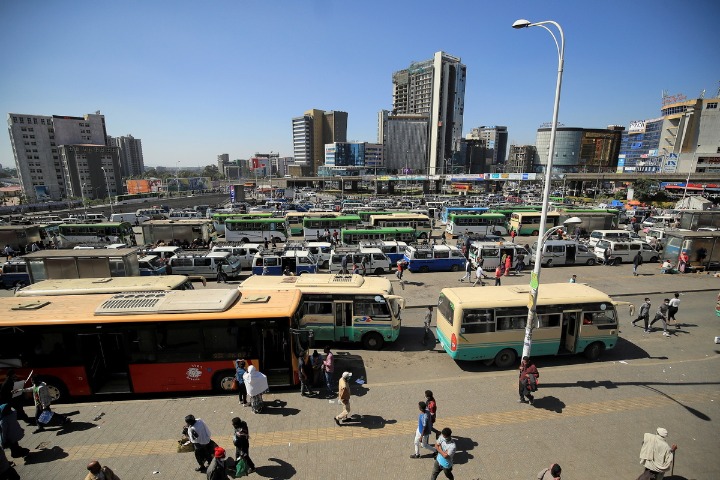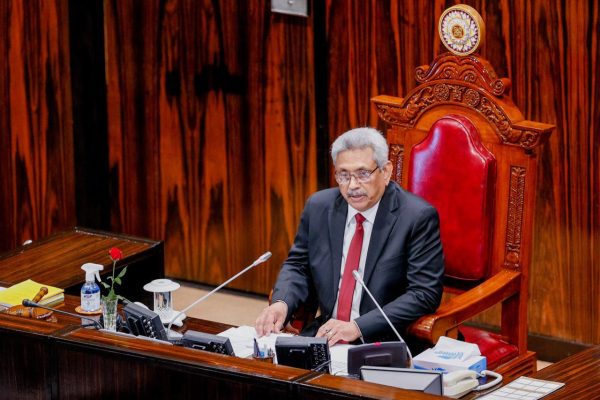How to solve the debt crisis – Opinion

A previous article (Real clear economics, BR, March 24, 2022) pointed out that Pakistan’s governments have borrowed far more than the people, as the ultimate borrower, can reasonably repay. This article describes how to begin to resolve the resulting debt crisis.
What can the government do? Either renegotiate another “last” IMF program and exacerbate political instability by placing the entire burden of future interest payments on the people (through higher taxes, energy prices, etc.). Or find ways to distribute this burden more equitably between citizens and their creditors. How?
The first thing to assess is whether the state is facing a liquidity or sustainability problem? If it is liquidity, additional borrowing can compensate for the temporary mismatch between debt service and debt service capacity. But if the debt is unsustainable, as it clearly is, then it would be wrong to borrow more. Instead, despite its expected short lifespan, the government should approach the International Monetary Fund (IMF) and World Bank (WB), in the longer-term national interest, to help it primarily with relief. debt and no longer loans.
In recent times, debt restructuring has been sought – under explicit or implicit threat of default, following an accumulation of arrears – in several ways: compliant (Mexico 1982-90), adversarial (Argentina 1999-2005) or negotiated (or quasi-negotiated, Greece 2010-15), among others. Naturally, we should seek to restructure with IMF/WB support.
Under its statutes, however, the IMF cannot help countries get debt relief if their debt is sustainable. Nor lend to countries whose debt is unsustainable; unless policies to restore sustainability and market access are pursued. But sustainability is a flexible concept. So, it is now the government’s call to seek debt relief rather than loans and let IMF staff do their magic on sustainability.
Why would creditors agree to debt relief? Because it is crystal clear that Pakistan’s public debt is so large and growing so rapidly that paying it off in full, on time, reduces investment and undermines investment incentives, reduces economic growth and, ultimately, future debt service capacity. This jeopardizes the pursuit of mutually beneficial relationships between creditors and debtors, an outcome that neither party desires. A 2002 IMF report agrees: “restructuring can increase returns for all parties in cases where debt is unsustainable”.
Conceptually, restructuring is a simple matter. Each loan has a principal amount due, an interest rate, and a term over which the loan must be repaid. Restructuring extends the term (“reprofiling”) or reduces the interest rate (“refinance rate”) or reduces the principal (creditors take a “haircut”) or does a combination of the three. When this leads to a reduction in the debt burden (in the present value of the interest and principal payments due), it is called debt relief. (Although restructuring may also lead to an increase in the debt burden, as happened in Argentina in 2001.)
Given the multiple political realities, the government should seek to restructure only Sovereign Domestic Debt (SDD) at this time. The intention to service the Sovereign External Debt (SFD) in full, on time, should be made clear and public. Although this article focuses on the SDD, the government should pay parallel attention to the impending SFD crisis.
It is mind-boggling that official policy is to take on as much foreign debt as possible. The government’s Medium-Term Debt Strategy (Draft FY20-FY23 and 2015) states this explicitly: “The government will continue to benefit from maximum concessional external financing” proposed. It invites disaster. Borrowing should be linked to returns. Space prevents saying more, but the government can realize immediate savings by acting on recommendations on SFD, among others, from the May 2021 report of the Economic Advisory Council’s Expenditure Subgroup.
The government’s debt restructuring proposals should be part of an overall economic recovery plan, to be drawn up in a month. The current IMF program (due to expire on October 2, 2022) is expected to be suspended, by mutual agreement, while IMF/World Bank support for debt restructuring under the proposed plan is sought in due time. As an unintended by-product, the government will resort to monetary financing of the deficit during the transition, in addition to the usual means.
Unlike external debt, the DSD can be restructured through changes in national legislation, with limited impact on external reputation and access to external debt markets. It should, in principle, benefit from IMF/WB support. The main risks stem from the exposures of national banks, pension funds and pensioners to the SDD.
Although not common today, SDD restructurings are expected to “become more common in the future” and the IMF recently provided a comprehensive guide to execution, based on theory and experience. While many details have to be worked out to fit our conditions, the exercise basically consists of six steps.
First, disaggregate debt stocks and flows more thoroughly and reclassify them by currency, governing law, and nationality and residence of holders. Second, identify exactly the domestic debt to be restructured and estimate the Gross Debt Relief Target (GDR) needed to restore debt sustainability. Third, deduct the associated tax costs (recapitalization of financial institutions, subsidies, etc.), to obtain the net DRT; distinguished by type of creditor (local and non-bank banks), and differentiated by size classes (large and small), for each instrument (T-Bills, Bonds and National Saving Schemes).
Fourth, assess the broader economic costs associated with restructuring. This would include potential mitigation costs: macro-financial impacts; possible negative effects on market access; creditor coordination and exclusion risks; and political economy considerations. Fifth, ensure that the State Bank of Pakistan, including the payment system, can operate normally everywhere. Finally, determine who claims to restructure to minimize overall costs while achieving DRT and supporting broader macroeconomic reforms.
The greatest resistance to SDD restructuring will come from the banks. While the people of Pakistan have been driven into poverty and misery, the top 10 banks have reportedly earned Rs 1.4 trillion in interest income in each of the last two calendar years. To put that into perspective, that was almost 60% of the total national interest paid by the government; i.e. almost 11% more than our defense spending; i.e. more than 26% of total tax revenue; or about 3% of GDP. It is only fair for the banks to repay some of their excess profits from the debt crisis.
What relief can we expect? Although this needs to be fixed, recent experience suggests that it should be substantial. In Cyprus (2013-15, SDD only), haircuts of 36% were achieved; in Greece (2012, SDD and SFD), within a range of 65 to 78%.
How long would that take? In the right hands, it should be possible to complete in about four months. What is needed is a very small team of qualified economists, lawyers and bankers with the necessary knowledge and experience, backed by the State Bank of Pakistan and led by a strong cabinet member who enjoys the confidence of all political actors and through them, of the people (who bear the burden of austerity).
Managing a sovereign debt crisis is an unpleasant experience for creditors and debtors alike. If mishandled, it can be a horribly painful experience. Yet there is plenty of evidence that it can be done successfully. Especially if we limit ourselves to domestic debt. Moreover, in reality, the only options are to default and then restructure, like Sri Lanka; or restructure now to avoid default.
(The author was a Senior Economist at the World Bank and Chief Economist of the Government of Pakistan)
Copyright Business Recorder, 2022





![[Press release] Debt crisis: a failed G20 summit](https://www.cadtm.org/local/cache-vignettes/L710xH373/f0bd231bf33e0619051e008da75a42-274d7.jpg)
